by Ken Lain, the mountain gardener
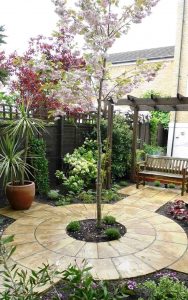
Not everyone has room for a mighty oak or a giant cottonwood in the backyard, but fortunately, there are trees for just about any size yard. Whether trees for a little shade, a bit of color or a touch of privacy along a property line, below is my best advice for trees that grow no taller than 30 ft. Each looks good in the yard with little to no effort.
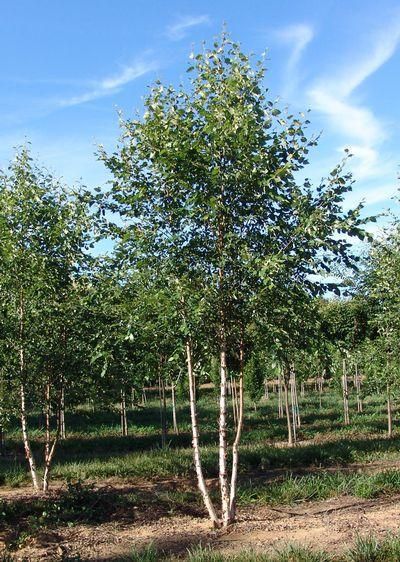
Birch (Betula papyrifera)
Birch trees tend to grow in multi-trunk clumps. Many have attractive bark, like the white paper bark birch and river birch, which also show spectacular golden autumn colors. Although they grow quickly and can reach 40 ft in height, each has a narrow spread at the base and a canopy that allows for dappled sunlight.
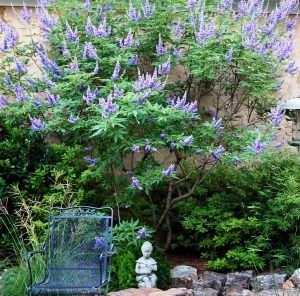
Chaste Tree (Vitex agnus)
Although called the Chaste Tree, it really is more of a deciduous shrub. Large for a shrub, reaching a height of 10 to 20 ft. and 5 to 10 ft. wide, it can be controlled easily with pruning. It has long panicles of purple or white flowers that make it enticing to both people and butterflies. It is often compared to the butterfly bush (Buddleja spp.) but it blooms later and repeat blooms with some deadheading.
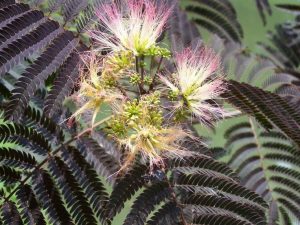
Chocolate Mimosa (Albizia julibrissin)
A bean-less mimosa, this beauty shows off in summer with scented clusters of pink powder puff-like blooms that attract butterflies. A fast-growing tree with an umbrella-shaped canopy, it erupts in spring with beautiful bronze-green foliage resembling fern fronds. The leaves then turn to a vibrant chocolate color that remains through summer and autumn. Grows 20 feet tall with a cooling 15-foot spread.
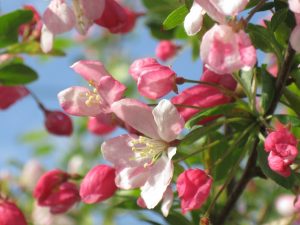
Crabapple (Malus)
Even the smallest of yards can accommodate a crabapple tree. Many get no taller than 10 to 15 ft. Each variety provides a month of bright spring flowers that attract native pollinators and butterflies. The flowers are followed by dangling clusters of fruits popular with birds. The brightest blooming trees in spring are always crabapples.
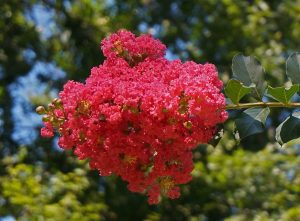
Crepe Myrtle (Lagerstroemia indica)
Crepe myrtles require a long, warm growing season to reward us with stunning flowers throughout the summer followed with flamboyant fall foliage. Removing the lower branches exposes the attractive bark. Crepe myrtles bloom on new wood and should be pruned in late winter. They can reach heights of 15 to 20 ft.
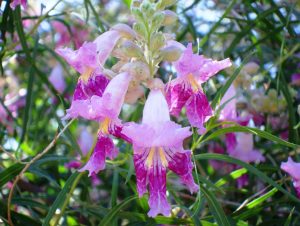
Timeless Beauty Desert Willow (Chilopsis linearis)
This willow enjoys twice the bloom time than its native relative, and it does so without dangling bean pods. Clusters of sizable tubular burgundy flowers, irresistible to hummingbirds, appear at the ends of its branches. Its fragrance is welcome in borders, containers, and firewise landscapes. The ideal tree for water-challenged yards, it works well at hiding hot tubs and chain-link fences. Grows up to 20 feet tall.
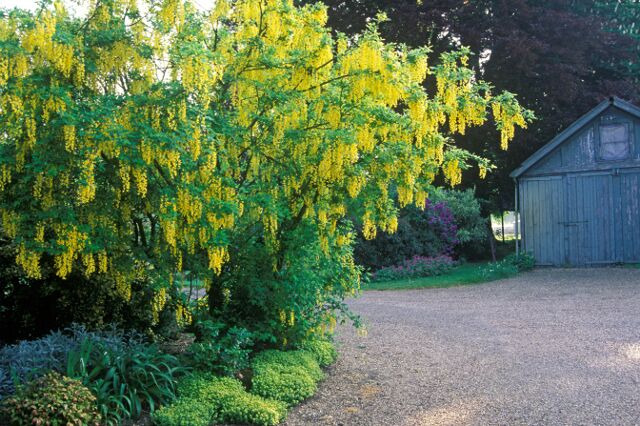
Golden Chain Tree (Laburnum x watereri)
This tree’s spectacular color comes from its long, drooping clusters of lightly fragrant, bright yellow flowers. Even the bark is a distinctive green. The clover-like leaves allow some dappled sun to breakthrough, but it is the long racemes of brilliant yellow flowers that make this tree a springtime stunner. It grows to about 15 to 25 ft. tall.
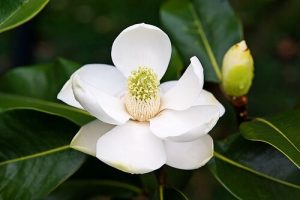
Magnolia (Magnolia x soulangeana)
The delicately fragrant pink or white flowers of this magnolia appear before the leaves unfurl in spring. The flowers can be 10 inches across, giving them their name “saucer,” and cover the tree’s 10′ canopy. It is the hardiest mountain variety of all magnolias.
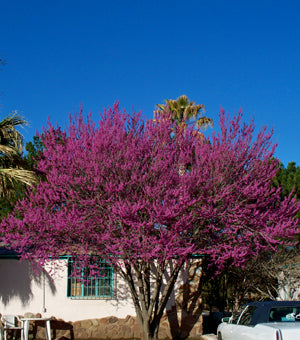
Oklahoma Redbud (Cercis canadensis)
In very early spring, before it leafs out, a redbud bursts into flower. The blooms are more of a hot pink than red. It has an attractive spreading habit that opens into a vase-like shape. Popular with early butterflies, the eastern redbud averages 15 to 20′ tall.
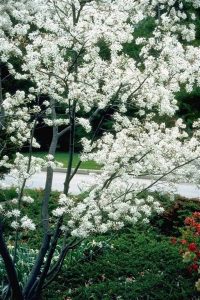
Serviceberry (Amelanchier arborea)
With its plethora of white, nectar-rich blooms in spring, this native to the Arizona’s central highlands is like a magnet to butterflies! The flowers yield deep-purple fruits that are enjoyed by birds and wildlife. In fall, the leaves change to brilliant shades of red. Because of its native roots in Arizona, this 12′ tree is straightforward to grow.
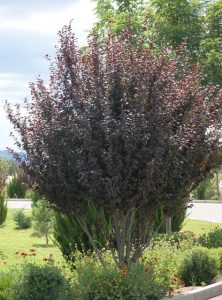
Thundercloud Purple Leaf Plum (Prunus cerasifera) This Arizona plum is the ideal small purple tree to fit between evergreens. Its profusion of pink flowers precedes the deep purple foliage. Though large enough to use as a front yard tree, its well-behaved growth makes it suitable as a 15′ street tree. Plant pairs flanking gateways and driveways, or in orchard-like rows to screen an unwelcome view.
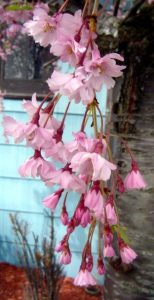
Weeping Cherry (Prunus pendula)
Few trees can compare with the beauty of the Weeping Cherry, a traditional Japanese garden plant that is equally at home in a cottage garden setting. The branches can be covered in pink flowers from their crown to the tips brushing the ground. With its delicate, swaying branches, this 12’ tall spring bloomer looks good in all seasons.
2020 Gardening Classes Streaming LIVE
April classes and instructors are to be live-streamed through Watters Facebook page.
Follow the page for timely updates, and you can count yourself among our 9,000 Likes!
April 17 @ 3 pm – Herbs and Vegetables from Garden to Table
April 24 @ 3 pm – Arbor Day and the Top 10 Blooming Trees
Until next week, I’ll be helping local gardeners with tiny trees here at Watters Garden Center.
Ken Lain can be found throughout the week at Watters Garden Center, 1815 W. Iron Springs Rd in Prescott, or contacted through his web site at WattersGardenCenter.com or FB.com/WattersGardenCenter

